Working 12-hour shifts can be demanding not only on employees but also on their chairs. Concept Seating meets these demands by designing chairs that are durable yet comfortable for heavy duty use in dispatch and call centers, or any occupations requiring long deskbound periods.
With their “It Ain’t Meant To Be Pretty” and “A Chair That Works as Hard as You” marketing approach, is it really worth the money?
We wanted to take a deeper dive into this truly unique chair to see what makes it so special.
First off, the seat pan. The Concept Seating seat is a uniquely designed seat promoting optimal circulation in every sitting position. Using a seated suspension system in which Dymetrol, a bonded, elastomeric mesh-like material is stretched over a steel frame with a layer of foam, weight is dissipated over the entire seat. This dissipation of weight allows for blood and oxygen to flow better to the lower extremities and keeps the user more alert and more comfortable. “It’s like floating on air”.
The seat is designed to fit users ranging from 5’0” to 6’3” heights. Some models have seat sliders for added adjustability.
A full Six-Year Warranty covers “usual Wear and Tear” of the chairs and a ten-year steel frame warranty provides one of the best 24/7 chair warranties around. The modular design of the chair allows for easy repairs or replacement of parts on site – minimizing any downtime. We challenge you to find anything better.
Provide a 550-pound+ weight capacity, adjustable air lumbar, and a seven-star, steel base for added stability and strength. And if something heavier duty is needed, the Bariatric version is bigger and wider with a Bariatric mechanism to support up to 800 lbs.
Getting the picture on how great this chair is? Let’s look a little further.
In addition to the standard features, upgraded options are available to give the chairs additional functionality.
Air Lumbar & Adjustable Height Backs:
All Concept Seating chairs include an air bladder in the lumbar to provide a more custom lumbar fit. The 3150 and 3152 models provide a back with a synchronize back angle tilt and lumbar height adjustment to adjust to best fit each user.
Armrests:
The standard height and width adjustable C-Loop arms feature an open design to accommodate space for utility and duty 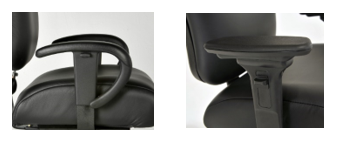 belts. Extremely durable to withstand the stress from users pushing on the armrests when getting out of the chair. Optional Swing Away arms offer a large, comfortable pad with height, width, forward, backward, and lateral adjustments. Need the arms gone? With a push of a button they fold out of the way.
belts. Extremely durable to withstand the stress from users pushing on the armrests when getting out of the chair. Optional Swing Away arms offer a large, comfortable pad with height, width, forward, backward, and lateral adjustments. Need the arms gone? With a push of a button they fold out of the way.
Headrests:
Several of the chairs offer an articulating headrest option that can be used as a six-height position headrest, neckroll, or pushed out of the way when not needed. The 3142 model includes an integrated fixed headrest.
Partial Footring & 2-Step Base:
Another unique option is the Partial Footring Base. Perfect for shorter employees 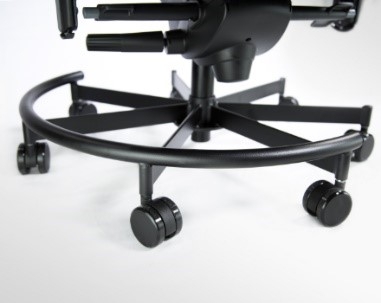 needing a place to rest their feet without compromising the height adjustment needs of taller users. Provides the flexibility to fit a variety of heights as the footring can be rotated out of the way when not needed.
needing a place to rest their feet without compromising the height adjustment needs of taller users. Provides the flexibility to fit a variety of heights as the footring can be rotated out of the way when not needed.
Need a counter-height chair for your 24/7 environment? The 2-Step base provides a stool height option with two steps at different heights to firmly support users who may need to stand on the lower step for a better view, or rest their feet on the upper stop while sitting.
Fabric:
A soil and stain repellant, high abrasion rated nylon fabric is available in several colors. For even greater durability, opt for leather or alternative leather, which are also easy to clean. The alternative leather offers Silverguard—an environmentally friendly bacteria-fighting protector to diminish odors and promote freshness and longevity. In a close quarter, multi-shift atmosphere, this is a welcoming feature.
After years and years of 24/7 use, it may be time to give your chair a fresh look by replacing the fabric. All seat fabrics are attached with Velcro making them easily replaceable should they become soiled, torn or just aged. Or consider adding a slipcover over the existing fabric. These were designed for centers with multiple people using the same chair at different times throughout the day. Employees can take their slip cover off after they are finished working to control bacteria, sweat, and dirt. Everyone will be happy to have their own cover.
Embroidery:
Promote your agency by adding your logo or company name right on the chair.
Casters or Glides: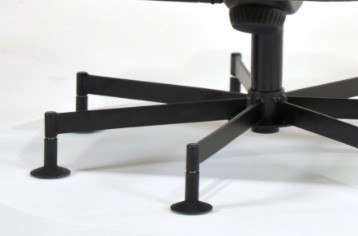
Safety casters minimize rolling while getting in/out of the chair. In need of a more stationary chair? Glides can be used in place of casters to limit movement.
Expedited Shipping:
For a small fee, get guaranteed expedited shipping in 10 days (bariatric chair not included). Normal lead time is 4-6 weeks without the optional expedited shipping.
While the chairs on the intensive use market are not always stylish, Concept Seating has found a way to make multi-shift seating comfortable. With one of the best 24/7 warranties around, this product line is durable while providing features that target pain from the static sitting. Although these chairs may at first appear more expensive than others, the return on your investment realized by a comfortable and well-built chair will be a good investment that will last.
As Concept Seating says, “It Ain’t Meant To Be Pretty.”
Contact us today at [email protected] or 844-994-0500 for more information or to request a demo.








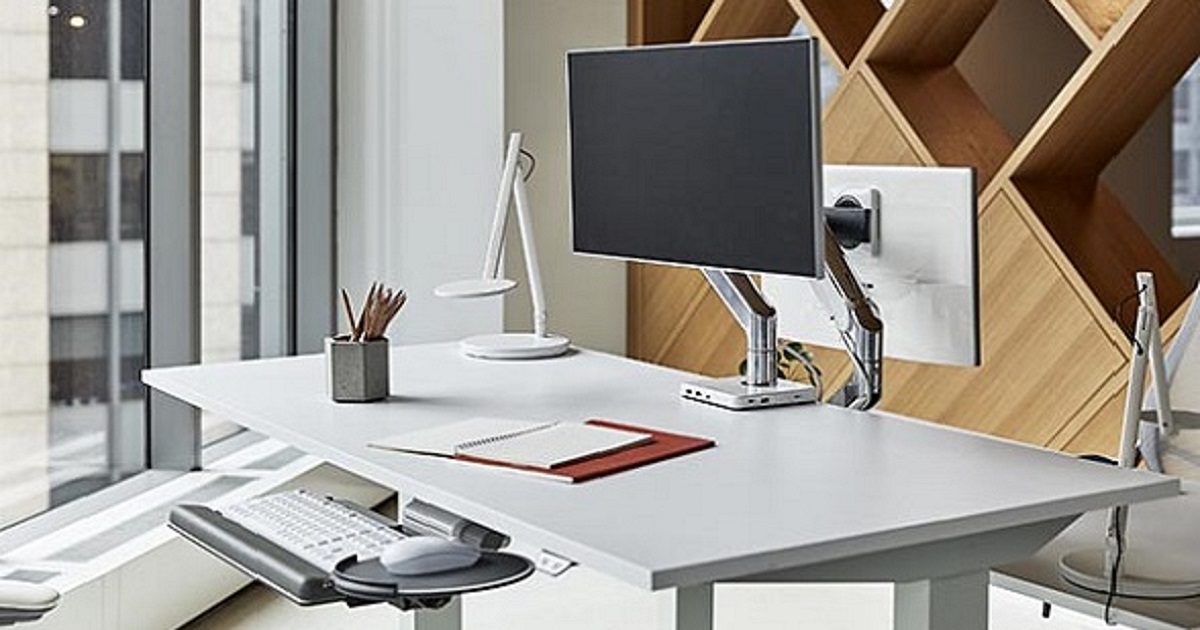
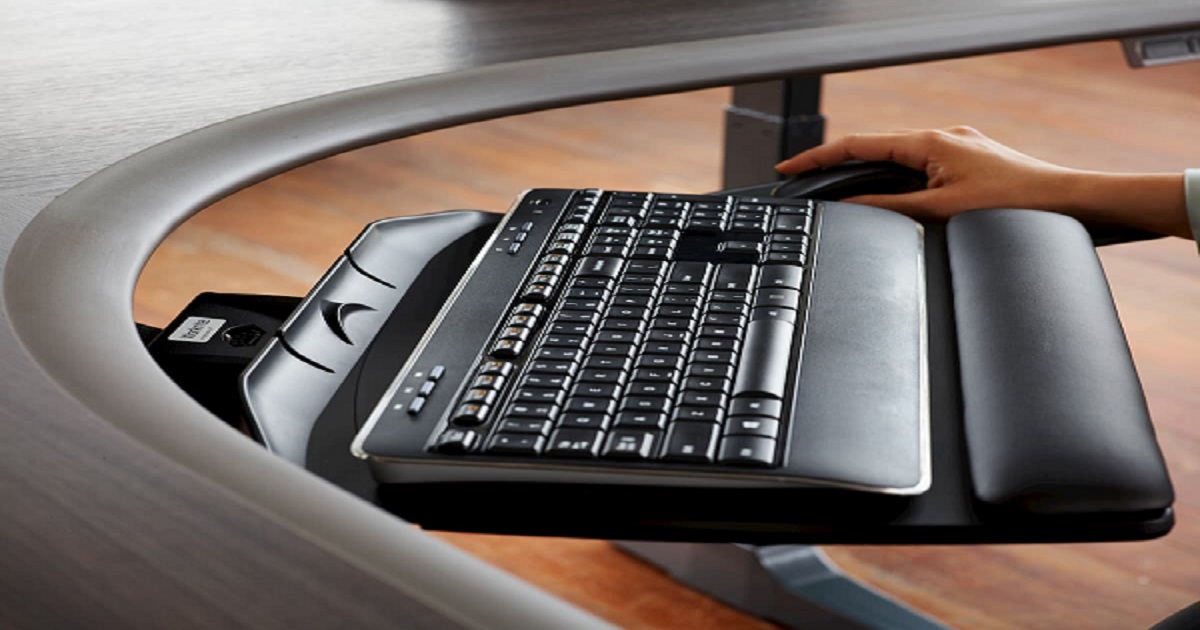
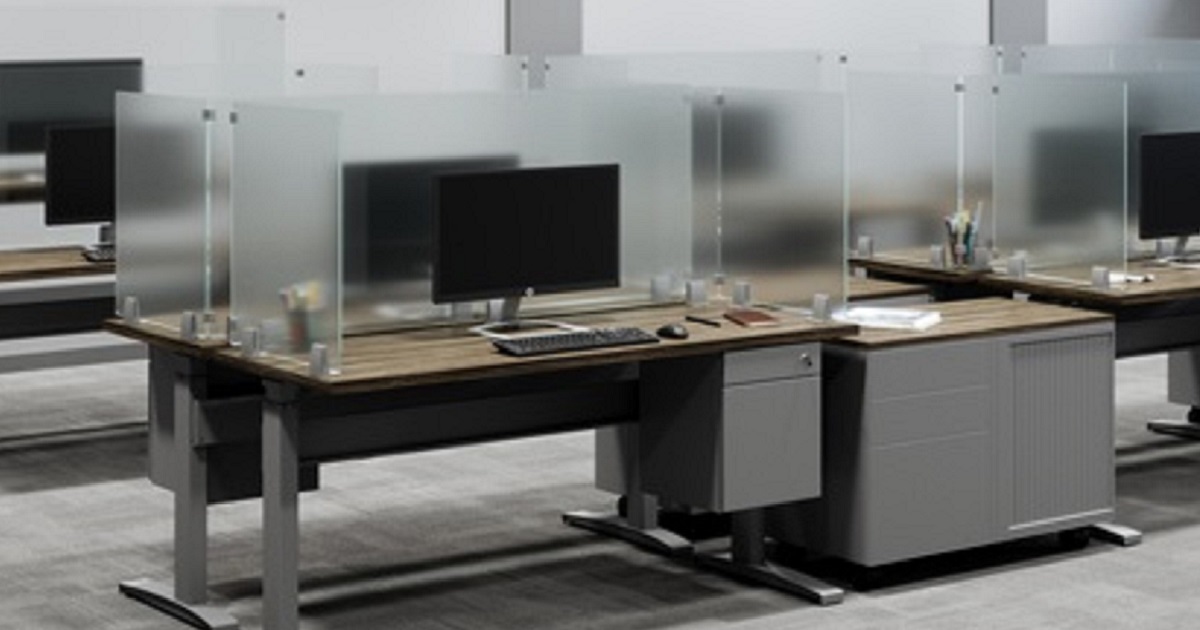


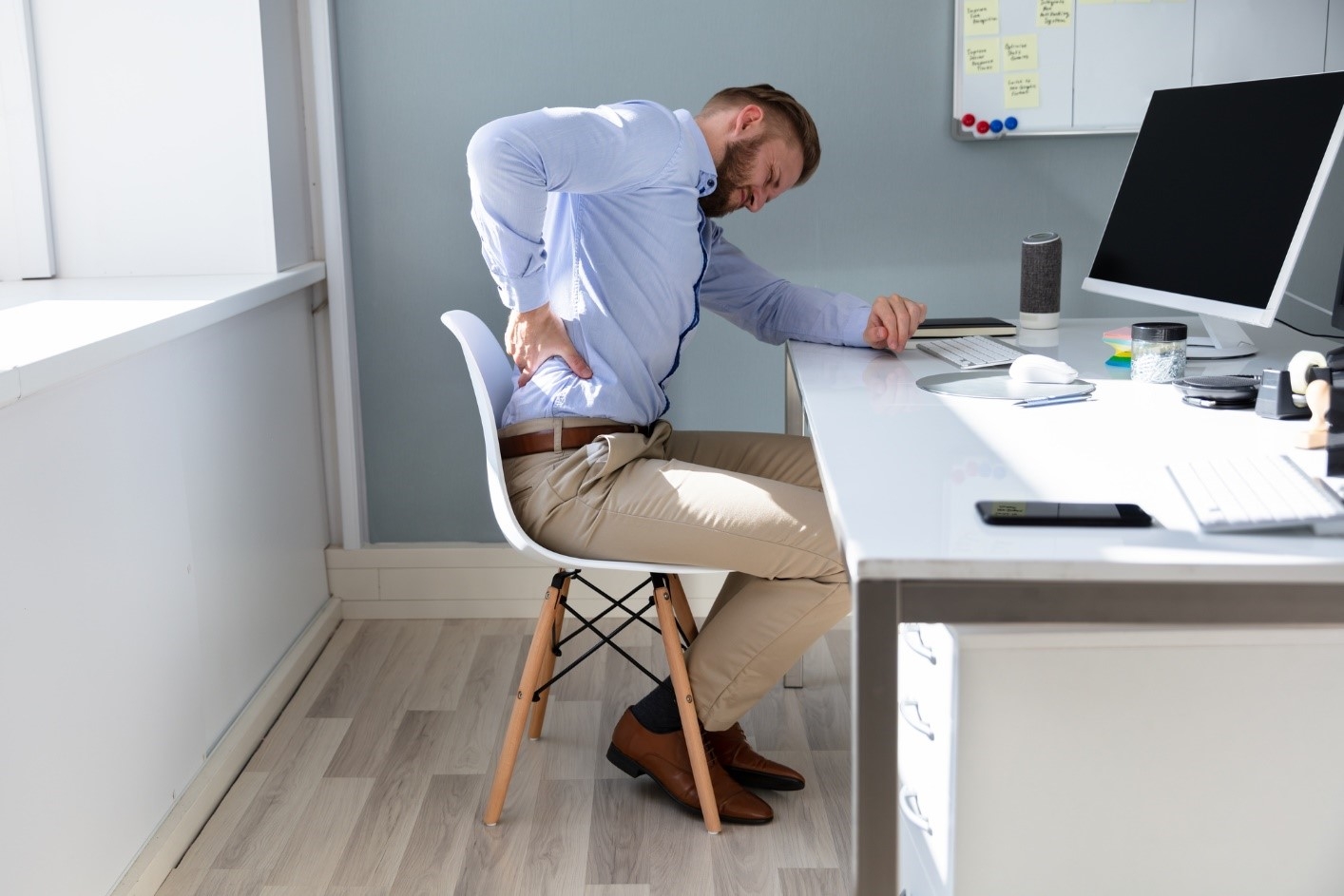
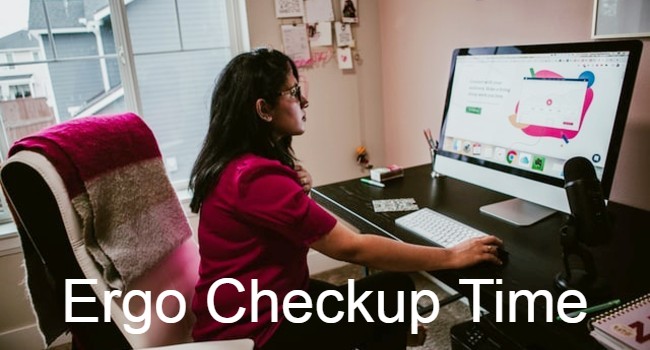


 belts. Extremely durable to withstand the stress from users pushing on the armrests when getting out of the chair. Optional Swing Away arms offer a large, comfortable pad with height, width, forward, backward, and lateral adjustments. Need the arms gone? With a push of a button they fold out of the way.
belts. Extremely durable to withstand the stress from users pushing on the armrests when getting out of the chair. Optional Swing Away arms offer a large, comfortable pad with height, width, forward, backward, and lateral adjustments. Need the arms gone? With a push of a button they fold out of the way. needing a place to rest their feet without compromising the height adjustment needs of taller users. Provides the flexibility to fit a variety of heights as the footring can be rotated out of the way when not needed.
needing a place to rest their feet without compromising the height adjustment needs of taller users. Provides the flexibility to fit a variety of heights as the footring can be rotated out of the way when not needed.

 Payments securely processed by:
Payments securely processed by: 